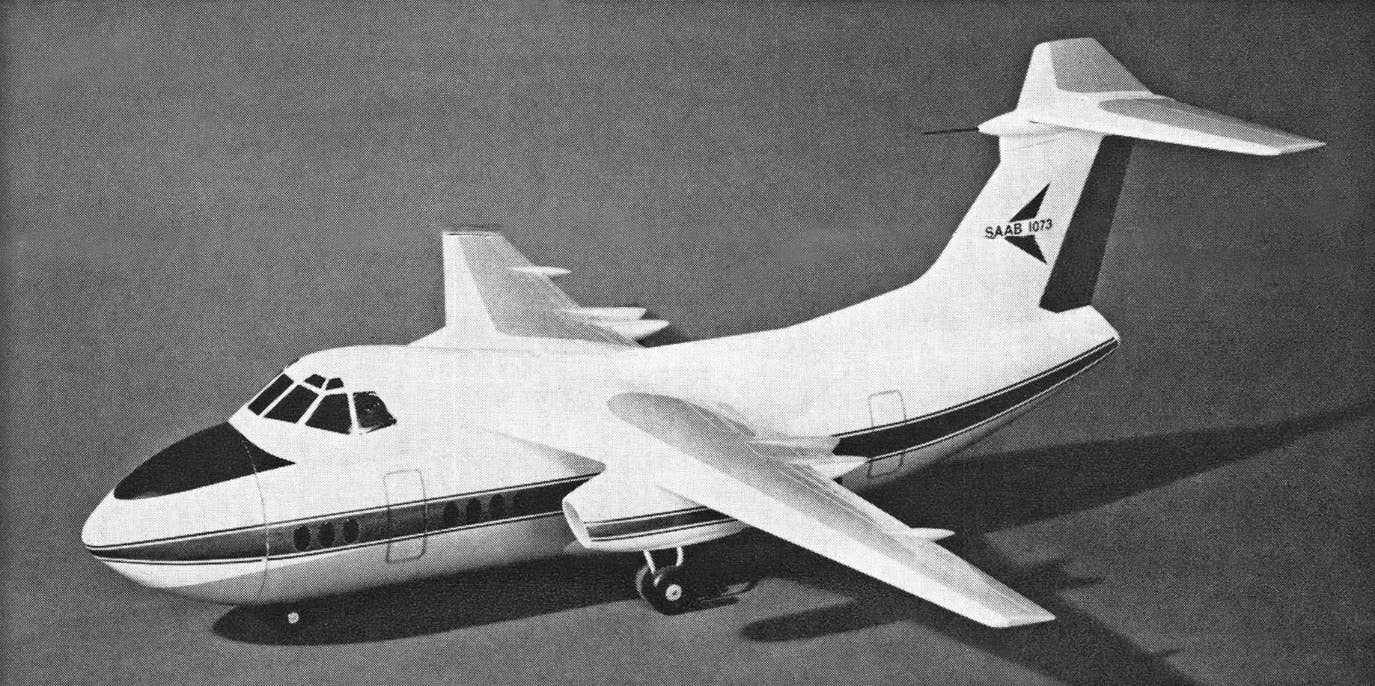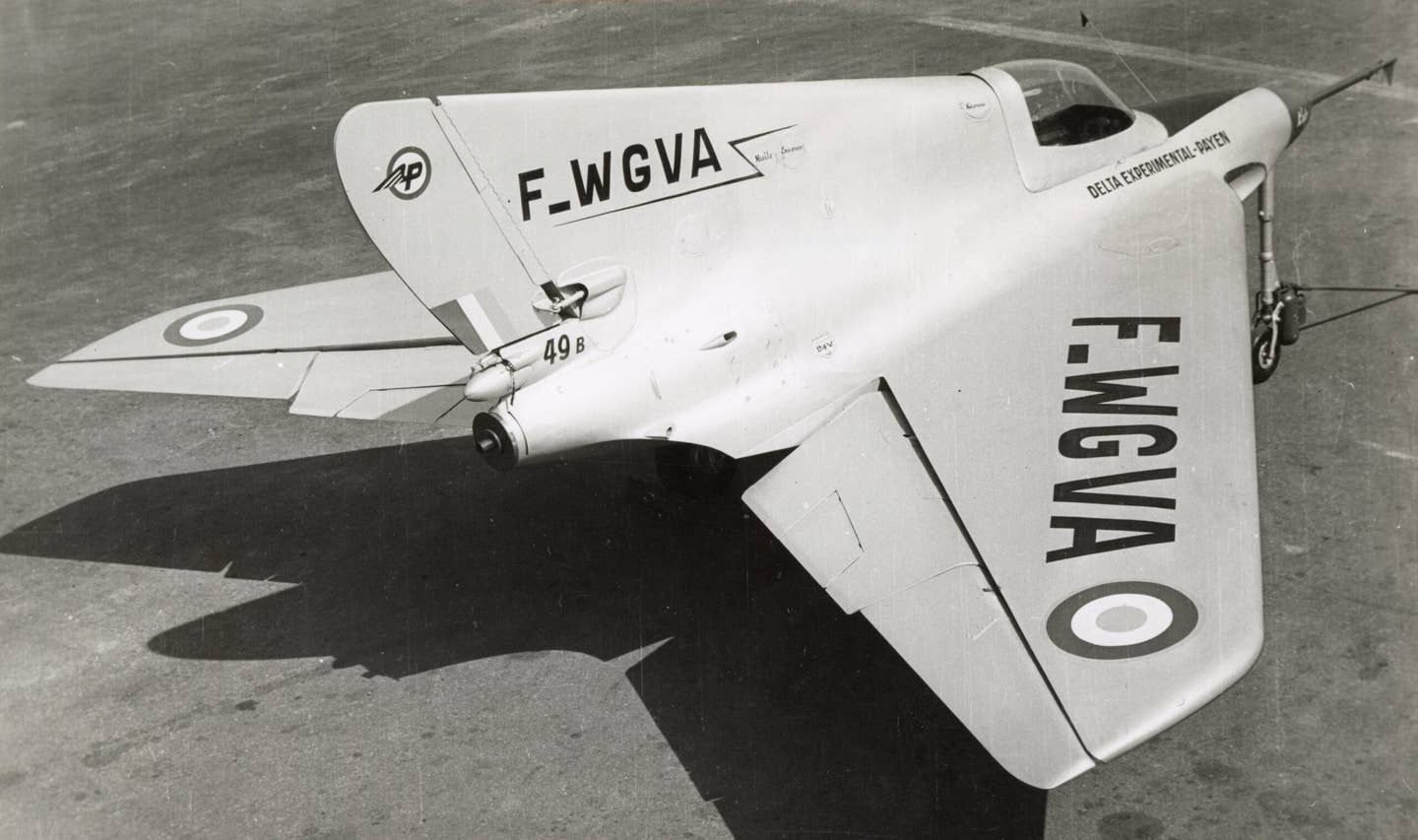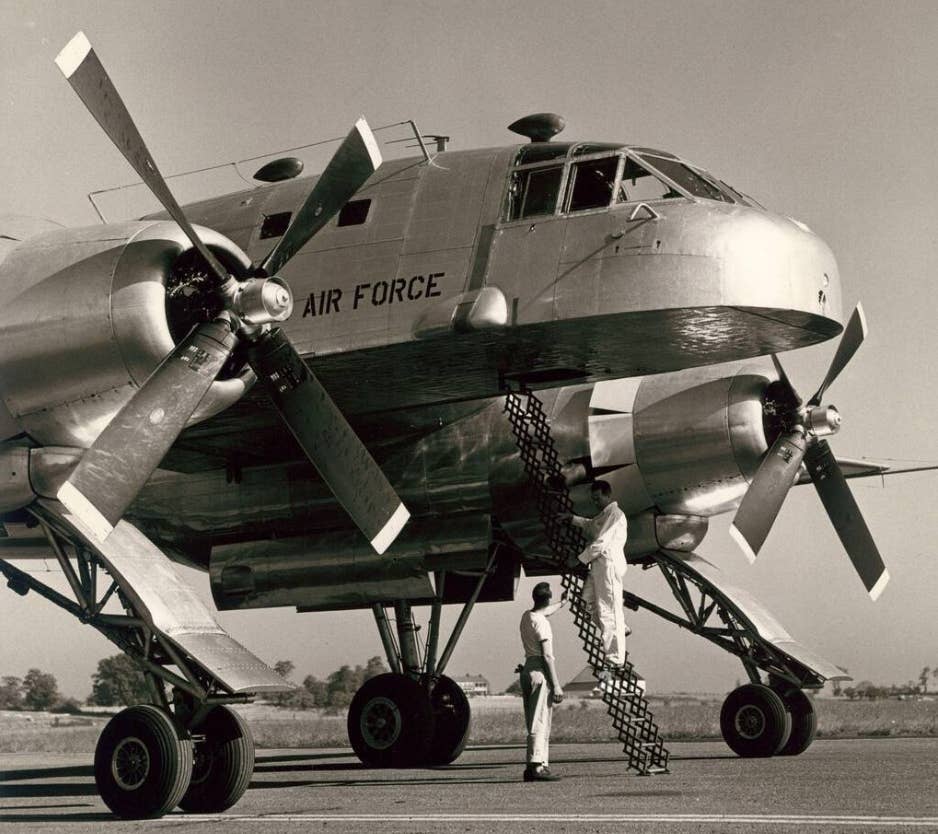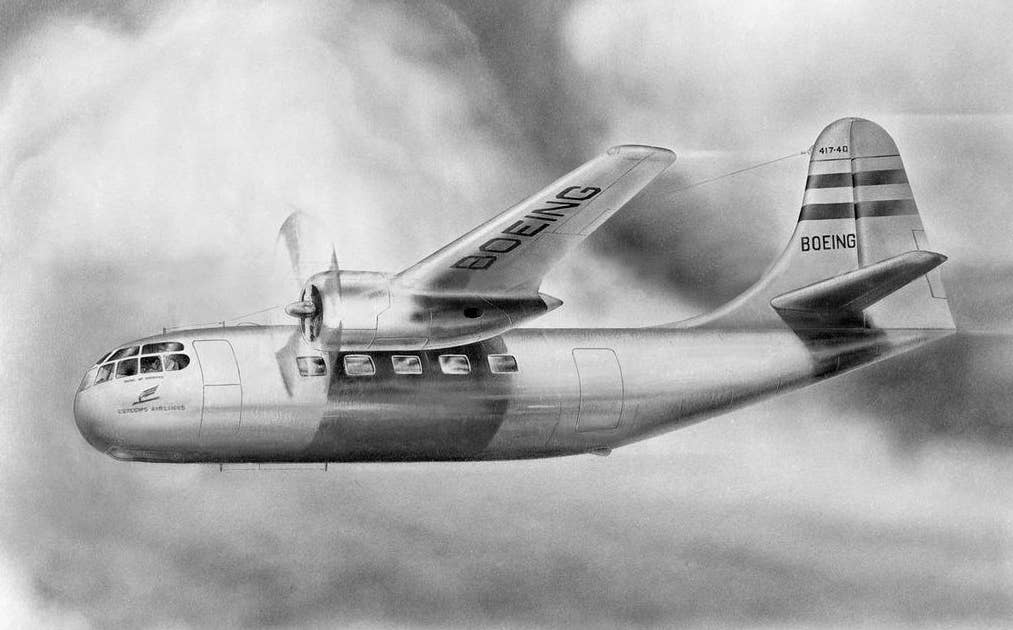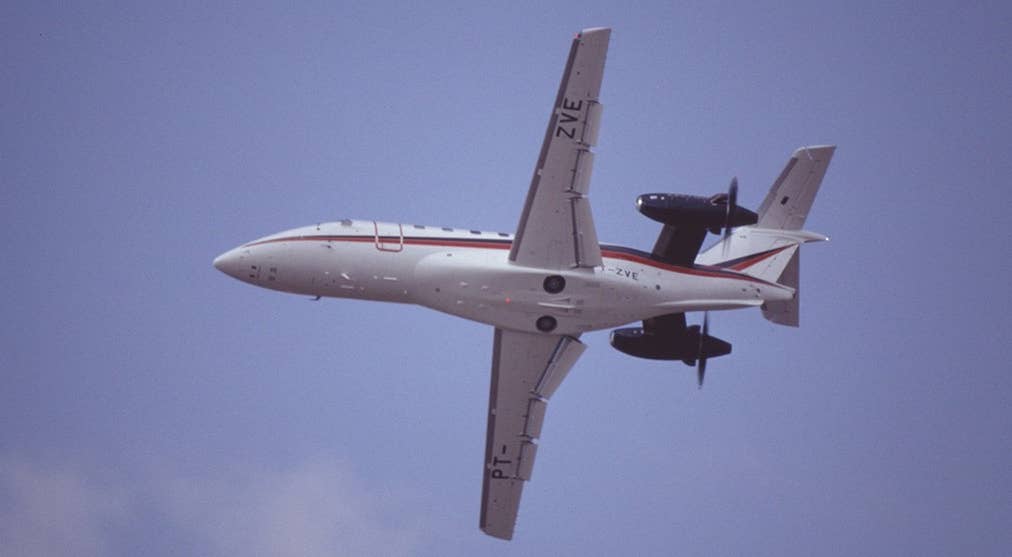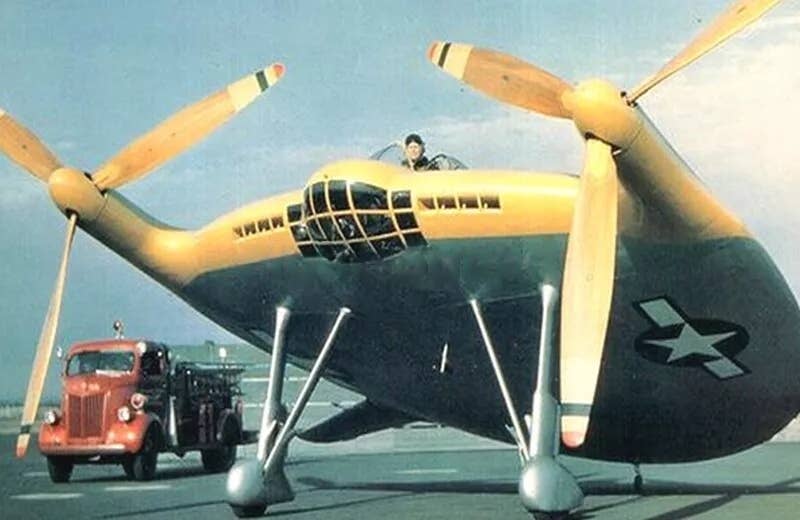That Time Cessna Made a Helicopter
In the 1950s, Cessna acquired Seibel Helicopter Co. and began work on the CH-1 Skyhook.
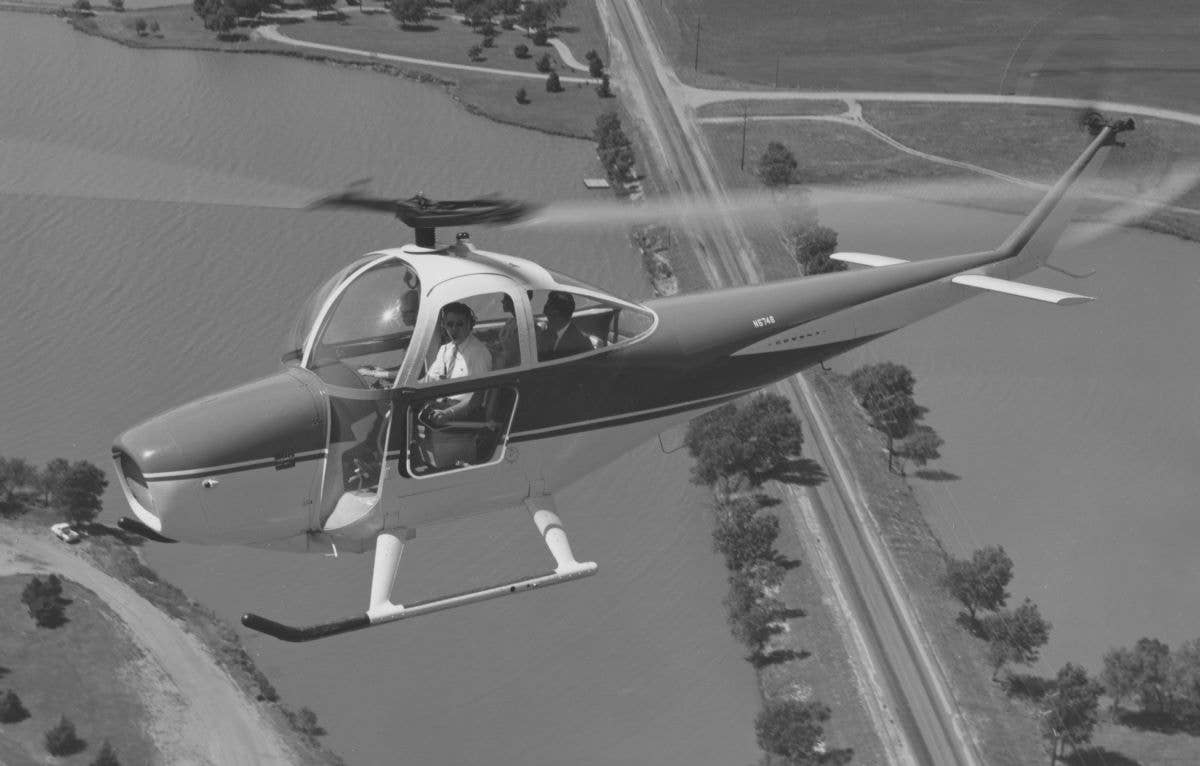
One of the rarest and least-known Cessnas ever produced, the CH-1 helicopter. [Credit: Cessna]
If you’d like to stump everyone at aviation trivia, simply ask them to name the Cessna with the shortest takeoff-and-landing distances. More than likely, guesses would include the O-1 Birddog and possibly the 180 and 182. However, digging into the dustier corners of Cessna's history reveals the true winner—its one and only helicopter the company ever produced, the CH-1 Skyhook.
The idea of introducing a helicopter to the Cessna product line began to gain traction in the early 1950s. This was a time when the company’s fixed-wing offerings were relatively modest but were on the brink of massive expansion. The lineup in the early part of the decade consisted of the 120/140, 170, 180, 190/195, O-1, and the 310/320 twins but by the following decade would more than double in size and encompass entirely new categories. A helicopter, Cessna thought, would be one more way to gain market share.
Rather than designing a helicopter from the ground up, Cessna went shopping for existing options. Its search eventually took it to the Seibel Helicopter Co., conveniently located on the other side of Wichita, Kansas. In 1952, Cessna acquired Seibel and its S-4B helicopter design, and founder Charles Seibel was retained to lead the engineering team.
The S-4B, while functional, utilized an entirely utilitarian design devoid of any niceties, such as an enclosed fuselage, soundproofing, or a finished interior. Cessna wasted no time replacing the skeletal design with an aluminum monocoque fuselage and cabin that utilized many of the same design principles as its fixed-wing aircraft. Before long, the first CH-1 emerged from the factory and made its first flight in July 1953.
Equipped with its new fuselage that later expanded to incorporate four seats, the CH-1 was sleeker and more modern looking than existing designs, and it was updated beneath the skin, as well. The Siebel’s original 125 hp piston engine was gone and in its place was a far more powerful alternative, ultimately a supercharged 6-cylinder Continental that produced 270 hp. This provided outstanding high-altitude performance, and the CH-1 went on to set several records. In addition to becoming the first helicopter to land on 14,000-foot Pikes Peak in Colorado, it set multiple altitude records by climbing to nearly 30,000 feet.
Cessna’s marketing team pursued both the civilian and military markets, securing a U.S. Army contract for 10 examples that would become known as the YH-41 Seneca. The Army was ultimately unimpressed with the helicopter’s performance, and Cessna bought back six, modifying some systems and converting them to civilian models.
The company had better luck with the civil model, pursuing the short-range executive market as well as the utility helicopter market. In many respects, the CH-1 was impressive. The cabin was massive, enabling passengers to easily move from one seat to another in flight. At 64 inches wide, it was within 2 inches of a Citation Excel business jet and incorporated 360-degree panoramic visibility.
Unfortunately, the CH-1 was hobbled by several issues that ultimately proved insurmountable. Engine and transmission reliability reportedly was well below par for the market, reflected by the woefully short engine TBO of only 600 hours. This was a fraction of comparable helicopter engines and would have increased hourly operating costs noticeably.
Additionally, the CH-1 was quite expensive to purchase. In 1960, the CH-1C was offered for $79,960. The 1965 pricing for the Bell 47J and Brantley 305 was $67,000 and $54,000, respectively. While Cessna could justify a higher price for the nicer cabin and better high-altitude performance, it perhaps realized it would struggle to make a case against small turbine helicopters that would soon enter the market. Indeed, Hughes priced the 500 at $95,000 nine years later.
Faced with reliability concerns and diminishing marketability, Cessna ended the CH-1 program and bought back nearly every example for scrapping, presumably to eliminate any product liability concerns. Today, of the 50 examples built, only one survives—a lone YH-41A Seneca in storage and awaiting restoration at the United States Army Aviation Museum at Fort Rucker, Alabama.

Sign-up for newsletters & special offers!
Get the latest FLYING stories & special offers delivered directly to your inbox

